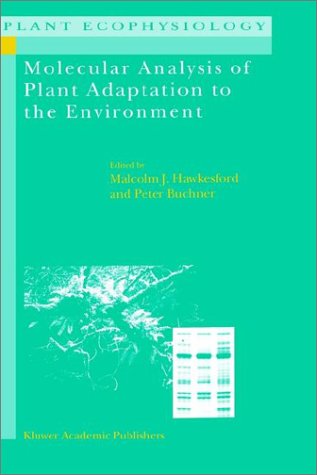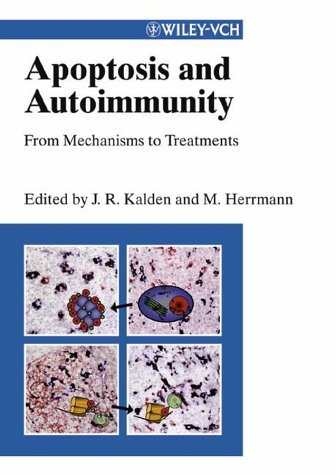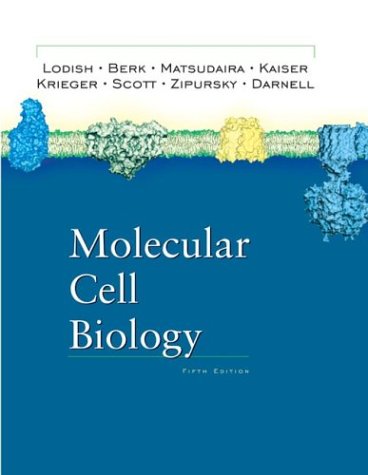M.J. Hawkesford, Peter Buchner1402000162, 9781402000164
Adverse environmental factors can impose stress on plants and influence the expression of the full genetic potential for growth and reproduction. The capability of plants to develop plastic response reactions, to adapt to environmental stress situations, is unique in the biological world. A goal of the research described in this volume is to increase crop productivity, particular in regions where the environment imposes stress. An understanding of the principles involved in plant adaptation to environmental stress will enable optimisation of practices to improve agronomic production and minimise damaging environmental impact. The aim of this volume is to link the rapidly advancing and increasingly specialist field of molecular biology with plant physiology at the ecosystem level. The book includes chapters focused on some principle methods and a series of up-to-date review chapters on plant adaptation to a variety of specific stresses. The utilisation of newly available genome information is emphasised. Of particular importance is the desire to highlight the current potential of such approaches, and how diverse disciplines can interact and complement one another. The book is aimed at both the specialist and the advanced student. |
Table of contents :
Preliminaries……Page 1
Contents……Page 8
Preface……Page 10
1. Glutathione – An ancient metabolite with modern tasks……Page 14
2.Chemistry of glutathione……Page 26
3. The molecular biology and metabolism of glutathione……Page 40
4. The role of glutathione in the uptake and metabolism of Sulfar and Selenium……Page 70
5. The role of glutathione in plant response and adaptation to Natural Stress……Page 114
6. The role of glutathione in plant reaction and adaptation to excess metals……Page 136
7. The role of glutathione and glutathione S-transferases in Plant Reaction and Adaptation to Xenobiotics……Page 168
8. The role of glutathione in plant reaction and adaptation to air pollutants……Page 198
9. The role of glutathione and glutathione-related enzymes in Plant-Pathogen Interactions……Page 220
10. Aspects of glutathione in the interaction between plants and animals……Page 254
Index……Page 262 |







Reviews
There are no reviews yet.